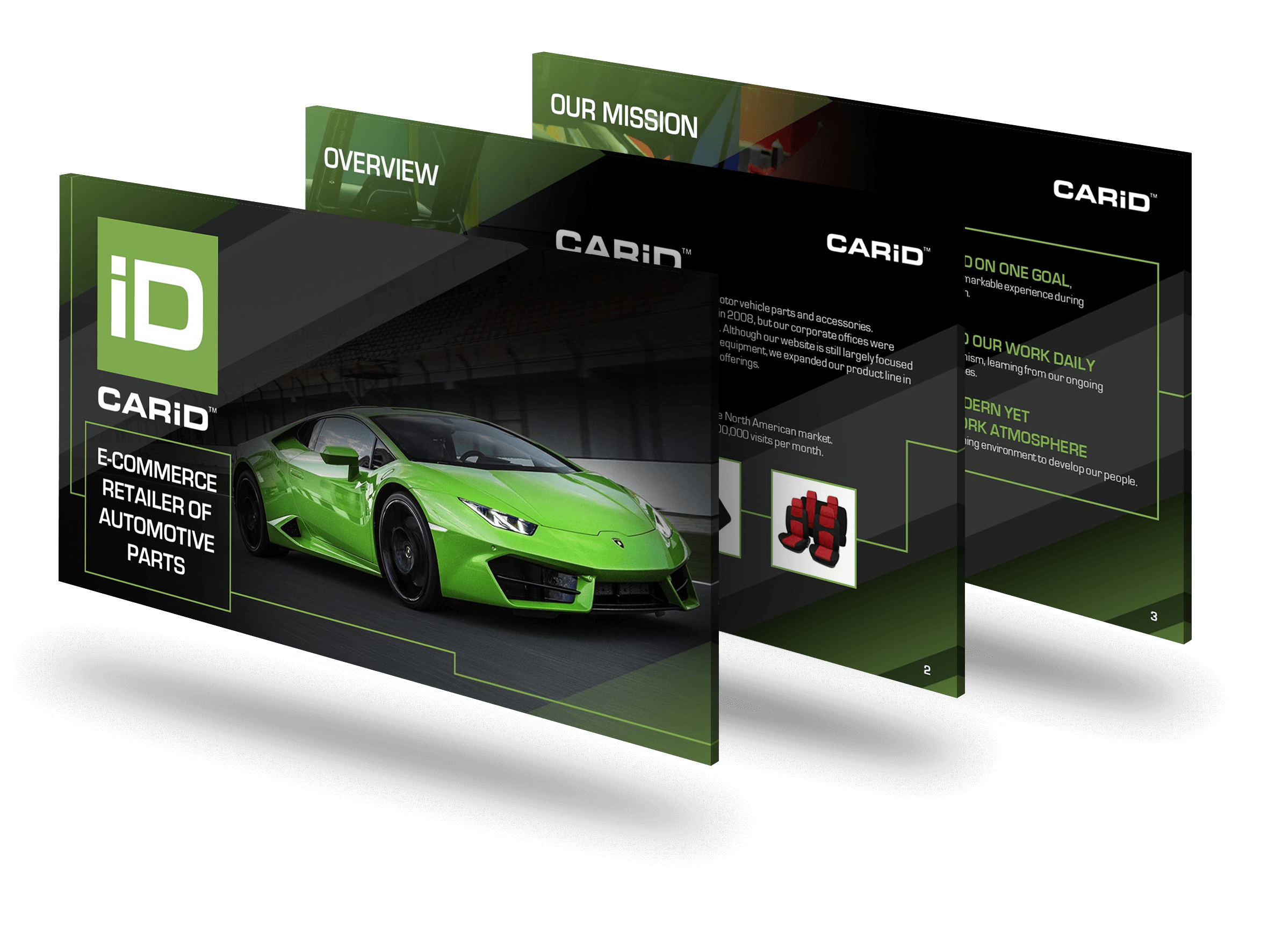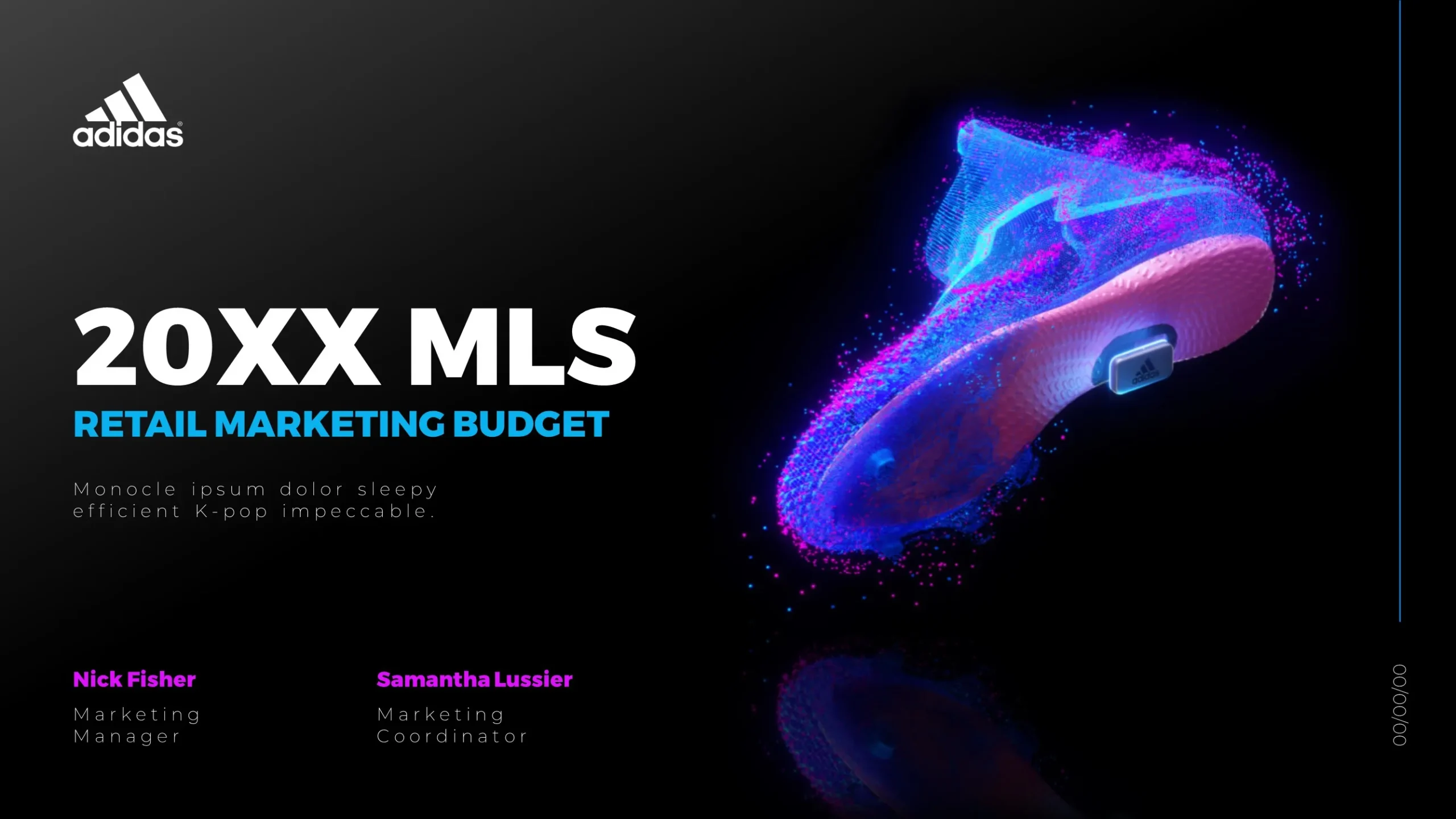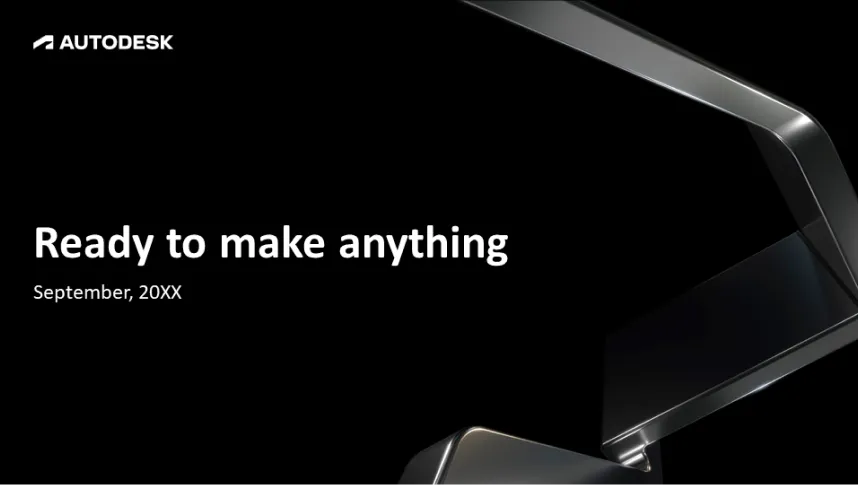When creating a slide deck for a design presentation, it’s essential to focus on several key elements to ensure your message is clear, engaging, and professional. Here are the critical components to include:
- Title Slide: Start with a strong title slide that includes the presentation title, your name, and the date. This sets the stage and provides context for your audience.
- Introduction: Briefly introduce yourself and outline the purpose of the presentation. This helps to establish your credibility and gives the audience a roadmap of what to expect.
- Agenda: Include an agenda slide to give a high-level overview of the topics you will cover. This helps the audience follow along and understand the structure of your presentation.
- Design Concept: Clearly explain the design concept or problem you are addressing. Use visuals, such as sketches or mood boards, to illustrate your ideas and make them more tangible.
- Research and Inspiration: Share any research or inspiration that influenced your design. This could include market analysis, user personas, or examples of similar designs. Providing context helps the audience understand the rationale behind your decisions.
- Design Process: Walk through your design process step-by-step. Highlight key stages such as brainstorming, prototyping, and testing. Use visuals like flowcharts or timelines to make this information more digestible.
- Key Features and Benefits: Focus on the main features of your design and explain how they benefit the user. Use high-quality images, diagrams, or animations to showcase these features effectively.
- Challenges and Solutions: Address any challenges you encountered during the design process and how you overcame them. This demonstrates problem-solving skills and resilience.
- Final Design: Present the final design in detail. Use multiple slides if necessary to cover different aspects, such as user interface, functionality, and aesthetics. High-resolution images and mockups are crucial here.
- Feedback and Iterations: If applicable, share any feedback you received and how it influenced subsequent iterations of your design. This shows your ability to incorporate constructive criticism and improve your work.
- Conclusion: Summarize the key points of your presentation and reiterate the value of your design. This reinforces your message and leaves a lasting impression.
- Q&A: End with a slide inviting questions from the audience. This encourages engagement and provides an opportunity to clarify any points.
By incorporating these elements, you can create a compelling and professional slide deck that effectively communicates your design vision and process.
View Our Presentation Portfolio










